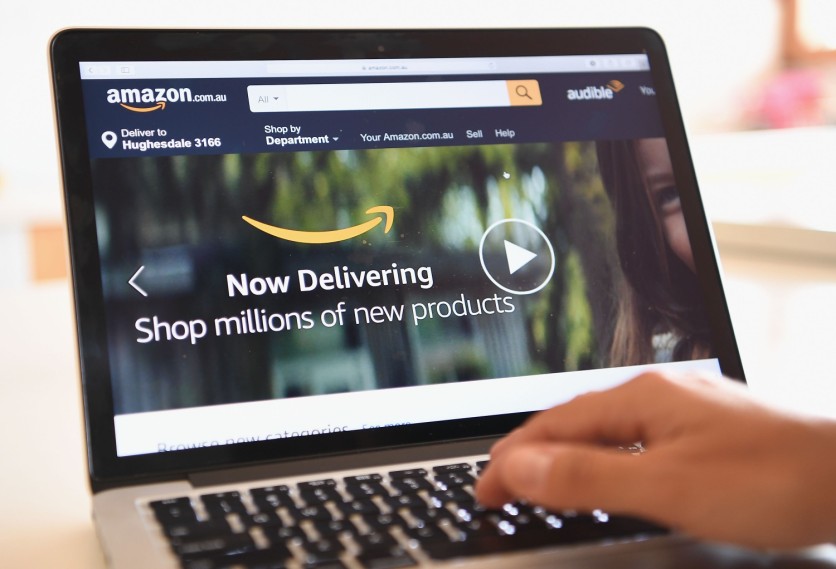Amazon announced an expansion of a program that allows other retailers to label their items with the coveted Prime logo.

New Launches
Launched in April 2022, Buy with Prime is a service that lets Amazon Prime members shop at participating merchants' websites and get free two-day shipping.
Participation in the service was initially by invitation only. But as per an announcement via CNBC's report on Tuesday, Jan. 10, Amazon said it would be made accessible to all US vendors by the end of the month.
In addition, the e-commerce giant has introduced a new component to the initiative that will allow retailers to display customer evaluations and ratings from their Amazon product pages directly on their own.
Since customers must be able to trust the reviews posted on a website, merchants are not allowed to edit or remove reviews from their sites, even unfavorable ones.

Service Growth
Amazon has been vague about how much it costs businesses to utilize Buy with Prime. According to the company, the prices they provide include the costs of fulfillment and storage, which might vary based on the stock levels of individual vendors.
More than half of Amazon's retail sales now originate from its third-party marketplace. In addition to charging merchants for warehousing and shipping services, the firm also collects commissions and fees for providing value-added services.
In the third quarter, revenue from third-party seller services increased by 18% yearly, reaching $28.7 billion.
With the launch of Buy the Prime, Amazon might become more of a direct competitor to e-commerce platforms like Shopify and BigCommerce, which have gained popularity among retailers hoping to expand their online presence by providing them with tools to run their own direct-to-consumer websites.
According to Peter Larsen, VP of Buy with Prime, the reviews add-on is the first effort into broadening the program with other features, and it is available at no extra cost to members.
Business Woes
Amazon's broader rollout of Buy with Prime coincides with the company's sluggish sales growth and a prolonged period of economic uncertainty. Both of these prompted CEO Andy Jassy to examine the company's spending habits and carry out the biggest wave of layoffs in its history.
In just the first week of January, Amazon revealed that more than 17,000 people might be affected by the company's upcoming 70% employment reduction.
These estimates are a significant increase from the original projection that just 10,000 individuals would be affected by the cutbacks.
Since Amazon's retail and cloud computing divisions have been unable to keep up with the rapid growth investors had come to anticipate, particularly during the height of the epidemic, the company is under pressure to discover new sources of income.
Related Story : Amazon to Lay Off 17,000+ Workers, Higher than Initially Planned

![Apple Watch Series 10 [GPS 42mm]](https://d.techtimes.com/en/full/453899/apple-watch-series-10-gps-42mm.jpg?w=184&h=103&f=9fb3c2ea2db928c663d1d2eadbcb3e52)



